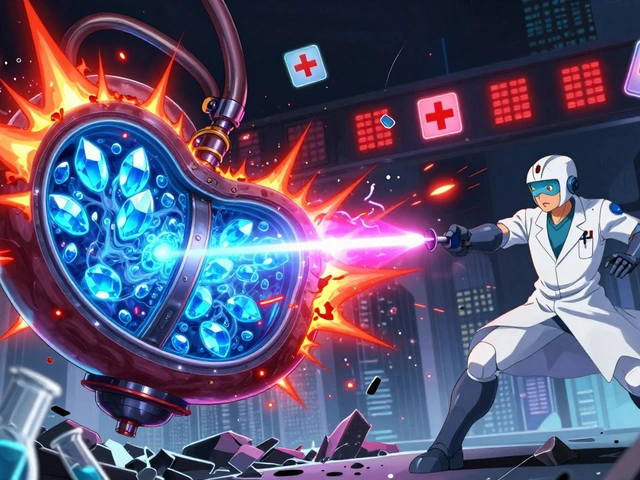IIH (Idiopathic Intracranial Hypertension): What You Need to Know
IIH, often called pseudotumor cerebri, feels like a pressure problem inside your skull. That pressure can cause daily headaches, blurred vision, or hearing a whooshing sound with your heartbeat. The condition mostly shows up in women of childbearing age who are overweight, but it can affect others too. The main concern is vision loss — so catching it early matters.
Recognizing Symptoms
Headache is the most common sign. It can be constant, worse in the morning, or get worse with coughing and bending over. Vision changes are a red flag: transient blind spots, double vision, or steadily worsening peripheral vision. Pulsatile tinnitus — a rhythmic whooshing in the ear — is common and often mistaken for inner-ear problems. Nausea, vomiting, and neck pain can also show up. If you notice any sudden or severe vision loss, treat it as an emergency.
How Doctors Diagnose IIH
Diagnosis starts with a medical history and eye exam. Your doctor will look for papilledema — swelling of the optic nerve — using an ophthalmoscope or OCT scan. Neuroimaging (MRI or MRV) rules out tumors or venous sinus thrombosis. If imaging looks normal, a lumbar puncture measures cerebrospinal fluid (CSF) pressure; elevated opening pressure supports the diagnosis. Visual field testing tracks how IIH affects your vision over time.
Treatment focuses on lowering pressure, protecting vision, and addressing root causes. Weight loss is the most effective long-term step for many patients — even modest weight loss can help. Medicines commonly used include acetazolamide, which reduces CSF production, and sometimes topiramate, which both helps headaches and can lower pressure. Short courses of steroids are rarely used and usually only in specific cases.
If medicines don’t protect vision or symptoms are severe, procedures are options. Lumbar puncture can temporarily relieve pressure. Surgical choices include optic nerve sheath fenestration to protect sight or CSF shunt surgery to drain excess fluid. Venous sinus stenting may help patients with specific venous narrowing found on imaging. Each option has risks and benefits, so decisions are made with a neurologist and neuro-ophthalmologist.
Living with IIH means regular monitoring. Expect serial eye exams and visual field tests. Keep a symptom diary — note headaches, vision changes, and any new ringing in the ears. Lifestyle changes like steady weight loss, regular sleep, and avoiding excessive vitamin A or certain supplements can help. If you’re pregnant or planning pregnancy, talk to your care team; management may need adjusting.
Quick checklist: get urgent care for sudden vision loss, ask for a neuro-ophthalmology referral if papilledema is suspected, and discuss weight management as part of therapy. IIH can be managed well when caught early and followed closely. If anything about your headaches or vision feels off, call your doctor — protecting sight is the top priority.




